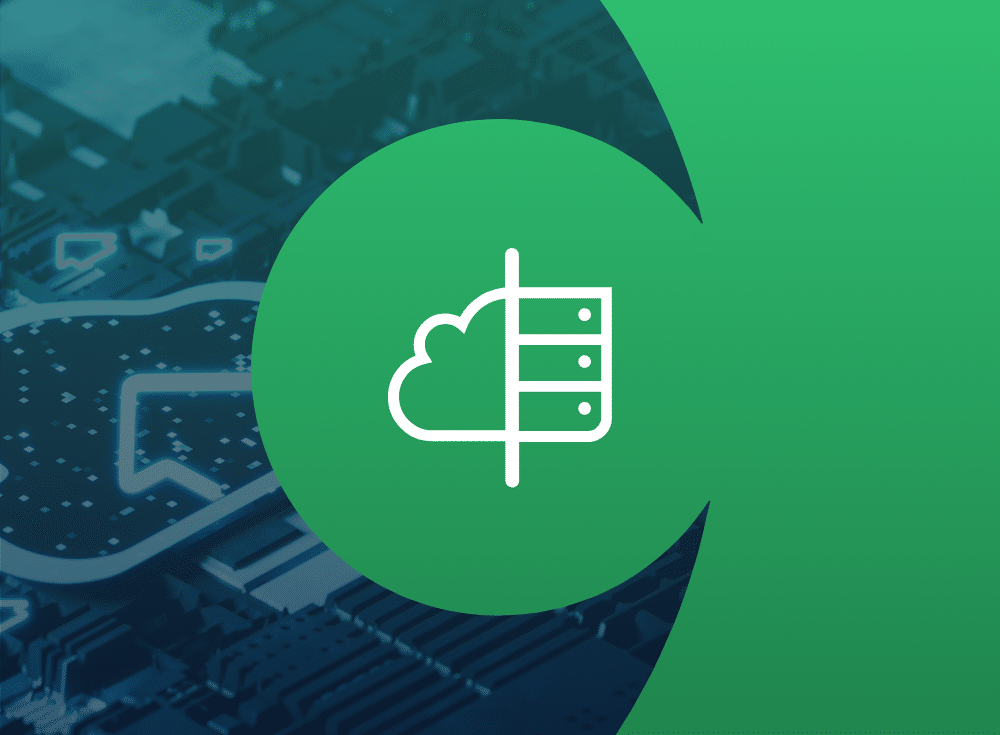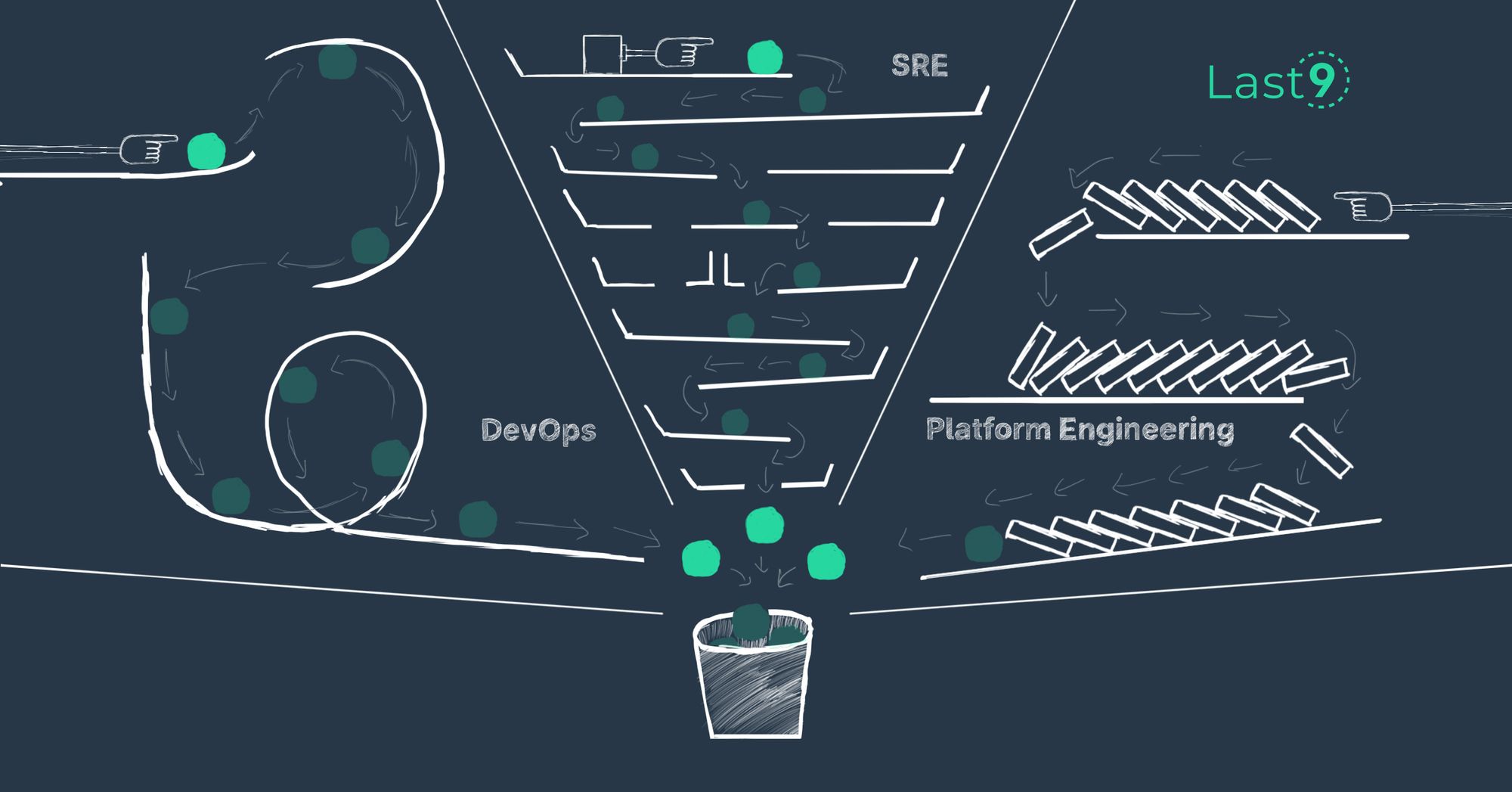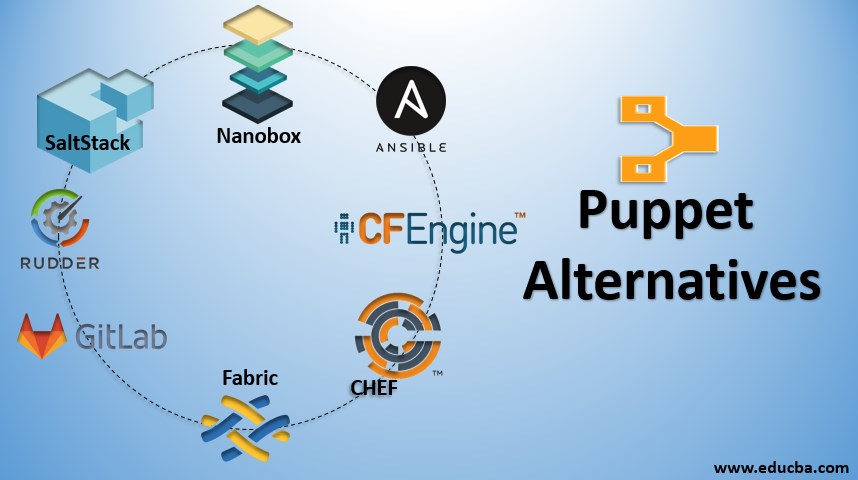“Unleash the Power of Visibility: Achieve Observability in Cloud-native Environments”
Achieving observability in cloud-native environments is crucial for effectively monitoring and troubleshooting complex distributed systems. As organizations increasingly adopt cloud-native architectures, which involve microservices, containers, and dynamic orchestration platforms like Kubernetes, traditional monitoring approaches fall short in providing comprehensive visibility into these highly dynamic and ephemeral environments. Observability, on the other hand, focuses on understanding the internal state of a system based on its external outputs, enabling teams to gain insights into the behavior and performance of their applications and infrastructure. In this article, we will explore the key concepts and strategies for achieving observability in cloud-native environments, including the use of distributed tracing, logging, and metrics, as well as the adoption of observability tools and practices.
The Importance of Observability in Cloud-native Environments
Achieving Observability in Cloud-native Environments
The Importance of Observability in Cloud-native Environments
In today’s digital landscape, cloud-native environments have become the go-to choice for organizations looking to scale their applications and services. With the ability to rapidly deploy and manage applications in a distributed manner, cloud-native environments offer unparalleled flexibility and scalability. However, with this increased complexity comes the need for robust observability.
Observability is the ability to understand and gain insights into the internal state of a system by analyzing its outputs. In the context of cloud-native environments, observability refers to the ability to monitor, analyze, and troubleshoot applications and services running on cloud platforms. It provides visibility into the performance, health, and behavior of these applications, allowing organizations to proactively identify and resolve issues before they impact end-users.
One of the key reasons why observability is crucial in cloud-native environments is the distributed nature of these systems. In a traditional monolithic architecture, it was relatively easy to monitor and debug applications since everything was running on a single server. However, in a cloud-native environment, applications are composed of multiple microservices that can be spread across different servers, containers, and even data centers. This distributed nature makes it challenging to gain a holistic view of the system’s behavior and identify the root cause of any issues.
Observability helps address this challenge by providing a unified view of the entire system. By collecting and analyzing data from various sources such as logs, metrics, and traces, organizations can gain insights into the interactions between different components and identify any bottlenecks or performance issues. This holistic view enables organizations to understand the impact of changes made to one component on the overall system, facilitating better decision-making and reducing the risk of unintended consequences.
Another reason why observability is essential in cloud-native environments is the dynamic nature of these systems. In a traditional environment, applications were typically deployed and updated infrequently. However, in a cloud-native environment, applications are continuously deployed and updated to take advantage of new features and bug fixes. This constant change introduces a higher degree of complexity and makes it challenging to ensure the stability and reliability of the system.
Observability helps organizations navigate this complexity by providing real-time insights into the impact of changes. By monitoring the performance and behavior of applications before and after a change, organizations can quickly identify any regressions or anomalies and take corrective actions. This proactive approach to monitoring and troubleshooting minimizes the impact of changes on end-users and ensures the overall stability and reliability of the system.
In conclusion, observability is of paramount importance in cloud-native environments. It enables organizations to gain a holistic view of their systems, understand the interactions between different components, and proactively identify and resolve issues. By leveraging observability tools and practices, organizations can ensure the stability, reliability, and performance of their applications and services in the dynamic and distributed world of cloud-native environments.
Best Practices for Achieving Observability in Cloud-native Environments
Achieving Observability in Cloud-native Environments
In today’s digital landscape, cloud-native environments have become increasingly popular due to their scalability, flexibility, and cost-effectiveness. However, as organizations transition to these environments, they face new challenges in monitoring and troubleshooting their applications. This is where observability comes into play. Observability is the ability to gain insights into the internal state of a system based on its external outputs. In cloud-native environments, achieving observability is crucial for ensuring the performance, reliability, and security of applications. In this article, we will explore some best practices for achieving observability in cloud-native environments.
First and foremost, it is essential to instrument your applications and infrastructure to collect relevant data. This involves adding monitoring agents or libraries to your codebase, as well as configuring logging and metrics collection for your infrastructure components. By instrumenting your applications and infrastructure, you can gather valuable data about their behavior, performance, and resource utilization. This data serves as the foundation for observability, enabling you to understand and diagnose issues in your cloud-native environment.
Once you have instrumented your applications and infrastructure, the next step is to centralize and aggregate the collected data. This can be achieved by leveraging a monitoring and observability platform that supports cloud-native environments. Such platforms provide a unified view of your applications and infrastructure, allowing you to correlate data from different sources and gain holistic insights. Additionally, they often offer advanced analytics and visualization capabilities, enabling you to identify patterns, trends, and anomalies in your data.
In order to achieve observability, it is crucial to establish meaningful and actionable alerts. Alerts notify you when certain conditions or thresholds are met, indicating potential issues or anomalies in your cloud-native environment. However, it is important to avoid alert fatigue by setting up alerts that are relevant and actionable. This requires a deep understanding of your applications and infrastructure, as well as the ability to define meaningful alerting rules. By doing so, you can proactively identify and address issues before they impact your users or business.
Another best practice for achieving observability in cloud-native environments is to leverage distributed tracing. Distributed tracing allows you to trace the flow of requests across different services and components in your application architecture. This provides a detailed view of how requests are processed and helps identify bottlenecks or performance issues. By combining distributed tracing with metrics and logs, you can gain a comprehensive understanding of your application’s behavior and performance.
Furthermore, it is important to adopt a proactive approach to observability. Rather than waiting for issues to occur, proactive observability involves continuously monitoring and analyzing your cloud-native environment to identify potential issues before they impact your users. This can be achieved through automated monitoring and anomaly detection, as well as regular performance testing and capacity planning. By being proactive, you can ensure the reliability and scalability of your applications in cloud-native environments.
In conclusion, achieving observability in cloud-native environments is crucial for ensuring the performance, reliability, and security of applications. By instrumenting your applications and infrastructure, centralizing and aggregating data, establishing meaningful alerts, leveraging distributed tracing, and adopting a proactive approach, you can achieve observability and gain valuable insights into your cloud-native environment. With observability, you can effectively monitor and troubleshoot your applications, identify and address issues, and ultimately deliver a seamless user experience.
Tools and Technologies for Implementing Observability in Cloud-native Environments
Achieving Observability in Cloud-native Environments
In today’s digital landscape, cloud-native environments have become increasingly popular due to their scalability, flexibility, and cost-effectiveness. However, as organizations transition to these environments, they face new challenges in monitoring and troubleshooting their applications. This is where observability comes into play.
Observability is the ability to gain insights into the internal state of a system based on its external outputs. In other words, it allows organizations to understand what is happening within their applications and infrastructure, enabling them to identify and resolve issues quickly. To achieve observability in cloud-native environments, organizations need to leverage a range of tools and technologies.
One of the key tools for implementing observability is logging. Logging involves capturing and storing application and infrastructure logs, which can then be analyzed to gain insights into system behavior. In cloud-native environments, organizations can use centralized logging solutions, such as Elasticsearch and Logstash, to collect and analyze logs from multiple sources. These solutions provide a centralized view of log data, making it easier to identify patterns and troubleshoot issues.
Another important tool for achieving observability is metrics monitoring. Metrics are quantitative measurements that provide insights into the performance and behavior of a system. In cloud-native environments, organizations can use monitoring solutions like Prometheus and Grafana to collect and visualize metrics from various sources. These solutions enable organizations to track key performance indicators, such as response times and error rates, and set up alerts for abnormal behavior.
Tracing is another crucial aspect of observability in cloud-native environments. Tracing involves capturing and analyzing the flow of requests through a system, allowing organizations to understand how different components interact with each other. Distributed tracing solutions like Jaeger and Zipkin enable organizations to trace requests across multiple services and identify bottlenecks or latency issues. This level of visibility is essential for troubleshooting and optimizing the performance of cloud-native applications.
In addition to these tools, organizations can also leverage distributed logging and tracing frameworks, such as OpenTelemetry and Fluentd, to achieve observability in cloud-native environments. These frameworks provide standardized APIs and libraries that can be integrated into applications, making it easier to capture and analyze logs, metrics, and traces. By adopting these frameworks, organizations can ensure consistency and compatibility across their cloud-native applications.
To effectively implement observability in cloud-native environments, organizations need to adopt a holistic approach. This involves integrating different tools and technologies into a unified observability platform. A unified platform allows organizations to correlate data from different sources, enabling them to gain a comprehensive view of their applications and infrastructure. It also simplifies the troubleshooting process by providing a centralized interface for analyzing logs, metrics, and traces.
In conclusion, achieving observability in cloud-native environments is crucial for organizations looking to monitor and troubleshoot their applications effectively. By leveraging tools and technologies such as logging, metrics monitoring, tracing, and distributed frameworks, organizations can gain insights into the internal state of their systems. This level of visibility enables them to identify and resolve issues quickly, ensuring the smooth operation of their cloud-native applications.In conclusion, achieving observability in cloud-native environments is crucial for effectively monitoring and managing complex systems. By implementing observability practices, organizations can gain insights into the performance, health, and behavior of their applications and infrastructure. This enables them to proactively identify and resolve issues, optimize resource utilization, and improve overall system reliability. With the increasing adoption of cloud-native technologies, investing in observability is essential for ensuring the success and stability of modern applications.



